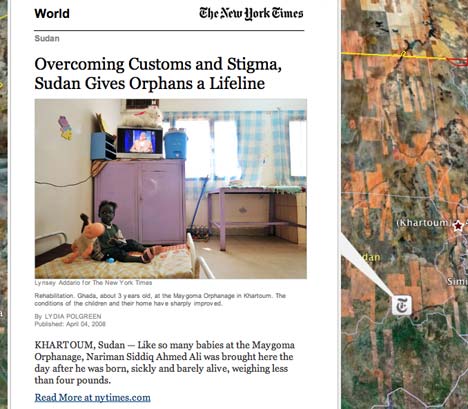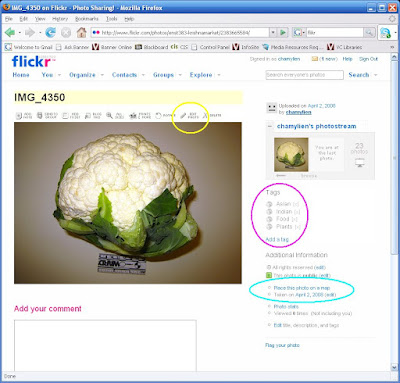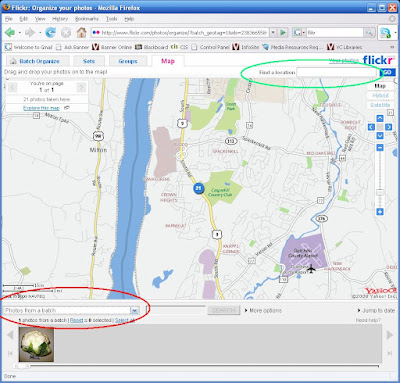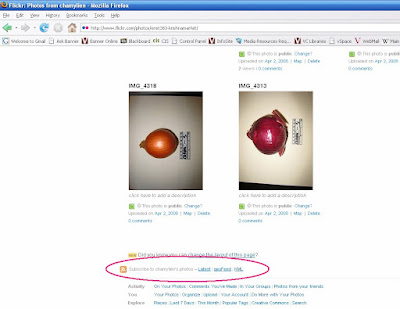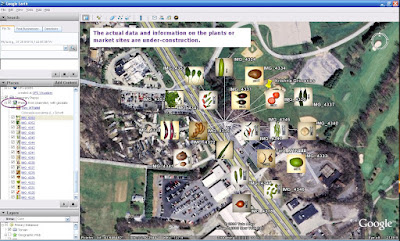 I listen to a lot of podcasts; not one of them has been relevant to this blog…until recently. I was listening to the Educause CNI (Coalition for Networked Information) podcast from the CNI 2008 Spring Task Force meeting. The featured speaker was Tara McPherson, Associate Professor of Gender Studies and Critical Studies at the University of Southern California. She is also the editor of Vectors: Journal of Culture and Technology in a Dynamic Vernacular. To get the podcast, go to iTunes and search 'Educause' and subscribe or just download this one, which is titled "Expanding the Scholarly Imagination: Vectors and Multimodal Publishing" and was put online April 22.
I listen to a lot of podcasts; not one of them has been relevant to this blog…until recently. I was listening to the Educause CNI (Coalition for Networked Information) podcast from the CNI 2008 Spring Task Force meeting. The featured speaker was Tara McPherson, Associate Professor of Gender Studies and Critical Studies at the University of Southern California. She is also the editor of Vectors: Journal of Culture and Technology in a Dynamic Vernacular. To get the podcast, go to iTunes and search 'Educause' and subscribe or just download this one, which is titled "Expanding the Scholarly Imagination: Vectors and Multimodal Publishing" and was put online April 22.If you have on your campus or if you conduct work yourself that does not lend itself to traditional modes of scholarly communication, you might be interested in checking out Vectors. Billed as a "multimedia peer-reviewed journal sponsored by the Institute for Multimedia Literacy at the University of Southern California. Vectors pushes far beyond the "text with pictures" format of much online scholarly publishing, encouraging work that takes full advantage of the multimodal and networked capacities of computing technologies." This caught my attention because often times map-making in the effort to communicate something more than the map but something more than the text is what scholars want to accomplish. The communicated information and research is prone to being non-linear.
 I took a look at Vectors and saw this really terrific project on Berlin. It was part of the Mobility issue of Vectors and the project is called "Hypermedia Berlin: Cultural History in the Age of New Media, or "Is There a Text in this Class?"" This project is out of UCLA, and as author Todd Presner puts it, Hypermedia Berlin is "a collaborative, multimedia, web-based research and curriculum development project, which investigates, analyzes, and maps the architectural, cultural, and historical layers of Berlin’s city space."
I took a look at Vectors and saw this really terrific project on Berlin. It was part of the Mobility issue of Vectors and the project is called "Hypermedia Berlin: Cultural History in the Age of New Media, or "Is There a Text in this Class?"" This project is out of UCLA, and as author Todd Presner puts it, Hypermedia Berlin is "a collaborative, multimedia, web-based research and curriculum development project, which investigates, analyzes, and maps the architectural, cultural, and historical layers of Berlin’s city space."










